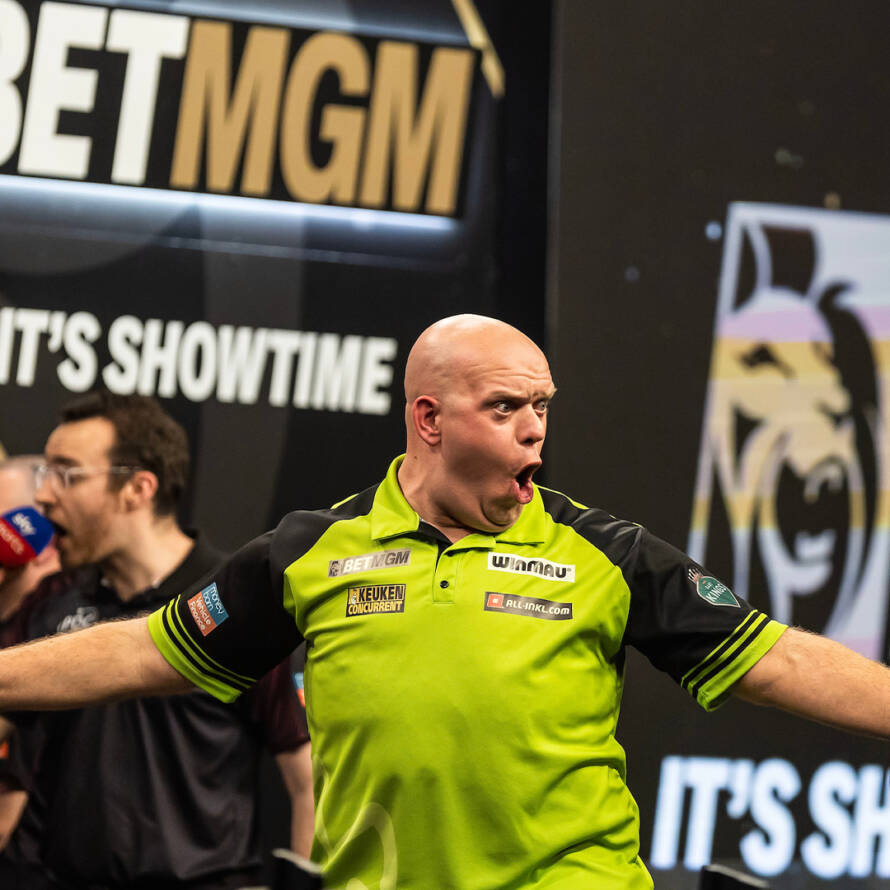It’s no secret that the way in which TV & video content is being consumed is evolving at a rapidly increasing pace.
Whilst broadcast TV still allows brands to both deliver trust and capture the occasion when the moment really matters, from prime-time entertainment to key sporting events, Connected TV (CTV) is eroding the gap to traditional broadcast TV.
By coupling the flexibility & targeting capabilities of a programmatic buy, with the gravitas of premium video within a TV environment, CTV offers a truly enhanced media opportunity to advertisers and agencies. This allows brands to enrich their digital video buying and amplify their broadcast TV strategies, reaching increasingly fragmented & complex audiences, within high impact video environments.
What is CTV & what does it offer to advertisers?
CTV refers to a TV device, connected to the internet, which allows users to stream digital video content.
The IAB recently reported that 66% of UK households now watch TV via a Connected TV ready device, with Samsung leading the way from a hardware perspective. One third of all TV’s bought in the UK are manufactured by Samsung and since 2016, all of these TV’s have Samsung’s TV Plus service pre-installed. Though beyond the greater inventory availability, there are a number of opportunities that CTV offers advertisers to strengthen their digital video strategies & supplement broadcast TV buying.
The digital nature of CTV & its programmatic targeting capabilities means that comparative to traditional TV, CTV offers massively enhanced data-led opportunities. In addition to demographic & interest targeting strategies, certain areas of CTV offer Automatic Content Recognition (ACR), facilitating targeting based on viewing behaviours. This means that advertisers are no longer restricted by the archaic practices of buying traditional TV advertising which are still in place today.
A further benefit of programmatically bought CTV is that it affords brands a greater degree of flexibility and control, allowing them to be more agile with their budget, as they move away from traditional up-front commitments. This is particularly prevalent in a time in which marketing spends are being squeezed & therefore, brands are less inclined to have sizeable portions of their budget tied up in committed media.
All of this is underpinned by the common theme of audience fragmentation. Overall weekly reach of traditional TV fell by a record amount in 2023, and this trend is particularly evident within younger audiences, as for the first time ever, Ofcom reported less than 50% of 16 to 24 years olds are watching broadcast in an average week (down from 76% in 2018). As such, the proliferation of CTV broadens the addressable audience, enhancing brands incremental reach.
How is it bought?
We’ve identified three core strands in which CTV can be leveraged, Subscription VOD, Ad Supported VOD & FAST…
Subscription Video On Demand (VOD)
Netflix, Amazon Prime and Disney+ have sought to boost growth against a backdrop of household economic tightening by introducing ad tiers.
Netflix were first to introduce an ad supported tier in 2022 and whilst their proposition isn’t without faults, owing initially to DSP exclusivity & eye watering CPMs, their advertiser offering is evolving, with Amazon Prime & Disney+ following suit. Despite teething issues, what remains crucial for advertisers is the quality of content on these platforms & therefore the audience in which they attract, Netflix for example has 40 million global monthly ad supported subscribers, with annual growth of 34%.
Although we can only speculate as to the future growth trajectory of these platforms, it’s no secret that further expansion into live sport is an objective, as they look to eat their way into the market share of traditional broadcasters. As such, we anticipate continued growth in the inclusion of these streaming platforms in media plans moving forward.
Ad Supported Video On Demand (YouTube)
Ofcom cite that 34% of time spent watching YouTube at home is now on a TV set. This is greater still at 45% for those aged 4 to 15. As such, Barb suggests that in the not-too-distant future, YouTube consumption on smartphones will be superseded by TV devices. However, it’s not just the device that’s changing. How users are watching is also evolving. YouTube is no longer only consumed in solitary, with an increase in co-watching meaning YouTube is consumed in the same way as traditional TV.
Therefore, CTV consumed YouTube offers an opportunity for advertisers to expand their traditional YouTube strategies, tapping into the rise of short form content, to deliver premium non-skippable pre roll, within a TV environment.
Free Ad Supported TV (FAST)
Incorporating the likes of Samsung TV, Tubi & Roku, FAST allows viewers to stream live TV without paying for a subscription. Traditionally, advertising across CTV has been consigned to FAST, with the format delivering a cost-effective route to market. This facilitates TV quality inventory, albeit without the scale & gravitas of traditional broadcast. Furthermore, FAST also offers the added benefit to advertisers of the previously mention ACR technology, considerably heightening audience targeting capabilities.
So what’s next?
Well CTV isn’t here to immediately ‘replace’ broadcast TV entirely.
For now, TV still offers value to certain audiences & brands alike, when the ‘moment really matters’. In a fragmented landscape, CTV provides a highly versatile, premium video touch point, within a highly trusted environment. This allows brands to elevate their digital video buying & amplify their linear TV strategy, whilst simultaneously gaining incremental reach.
With experience buying CTV inventory for multiple brands across a range of verticals, we are expertly positioned to support brands in effectively navigating the fragmented landscape of premium video. At Tomorrow, we ensure that CTV buys are strategically targeted to the right part of the marketing funnel, with effective measurement informing future strategy.

